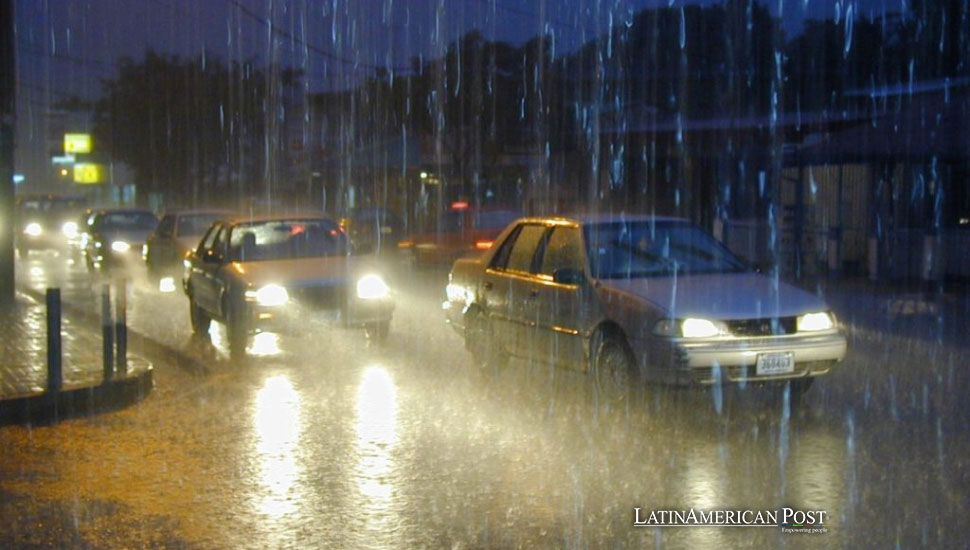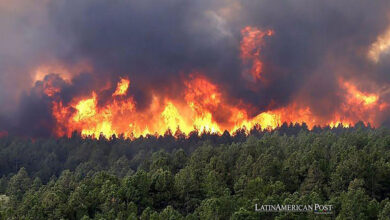Costa Rica Delays Electrical Rationing Amid Unexpected Rainfall

In a sudden reprieve brought by recent rains, Costa Rica postponed planned electrical rationings set for yesterday, marking a critical moment for a country lauded for its sustainable energy practices.
In the lush landscapes of Costa Rica, a nation esteemed for its commitment to renewable energy, the specter of electrical rationing loomed unexpectedly large this week. Scheduled power cuts were averted at the last minute thanks to fortuitous rainfall, improving hydroelectric reservoirs’ water levels. This development is emblematic of the broader challenges faced by a region grappling with climate variability and its impacts on sustainable energy practices.
The Context of Costa Rica’s Energy Crisis
Costa Rica, a global frontrunner in renewable energy, has long been celebrated for its remarkable achievement of generating a substantial portion of its electricity from clean sources like hydro, wind, and geothermal. However, this commendable feat also exposes the country’s vulnerability to climatic fluctuations, particularly due to its heavy reliance on hydroelectric power. The recent threat of power rationing, a situation not witnessed since 2007, starkly underlines this vulnerability.
The state-run Costa Rican Electricity Institute (ICE) oversees the energy sector and announced a temporary reprieve from the anticipated blackouts last Sunday. The ICE credited this to a slight recovery in reservoir levels following several days of unexpected rain, coupled with the activation of the Miravalles III geothermal plant, which contributed an additional 29.5 megawatts to the grid.
Historical and Regional Implications
Costa Rica’s energy challenges are not isolated incidents but are part of a broader historical context within Latin America. The region’s energy infrastructure has often been at the mercy of its dynamic and sometimes harsh natural environment. In Venezuela and Brazil, energy crises have frequently been triggered by droughts affecting hydroelectric power generation, highlighting the region’s ongoing struggle to balance sustainability with climatic unpredictability.
In Costa Rica, the near-crisis of 2023 was primarily attributed to the El Niño phenomenon, which led to significant rainfall deficits—up to 70% in some areas—severely impacting hydroelectric power production. However, this situation, while challenging, also showcased the resilience of Costa Rica’s energy sector. It starkly contrasts with the historical performance of Costa Rica’s energy sector, which boasted clean energy generation figures between 98% and 99% in the years preceding the crisis, instilling hope for the future.
The Broader Impact of Climate Change
The situation in Costa Rica serves as a microcosm of the broader challenges posed by climate change, particularly for regions heavily reliant on renewable resources. The Intergovernmental Panel on Climate Change (IPCC) has noted that increasing variability in weather patterns poses a significant risk to renewable energy sources, mainly hydroelectric power. This variability forces countries to reconsider their energy strategies and resilience planning.
The ICE’s response to the immediate crisis was a testament to its preparedness and strategic planning. It relied on rainfall and integrated more geothermal energy into the grid. Load management was adjusted to ensure critical services like hospitals and significant businesses faced no interruptions. The ICE’s plans to implement sector-specific rationings, if necessary, reflect a pragmatic approach to crisis management that other nations might find beneficial to emulate.
However, the crisis highlighted some critical voices from within, such as union claims that ICE had failed to prepare for the climatic conditions predicted by El Niño adequately. This underscores the importance of public accountability in the energy sector, making the audience aware of the need for transparency and responsibility.
Looking Forward: Lessons and Preparations
As Costa Rica and other Latin American nations look to the future, the lessons from this incident are clear. Enhanced forecasting, diversified energy portfolios, and robust infrastructure are essential to mitigate the impacts of climate change on renewable energy systems. The expected onset of La Niña later in the year, which traditionally brings increased rainfall, offers hope. However, it also serves as a stark reminder of the need for continuous preparation and adaptation, underlining the urgency of the situation.
Also read: Costa Rica and Panama Open Modern Border Facility to Boost Trade and Security
Costa Rica’s close call with electrical rationing is a stark reminder of the fragility of even the most sustainable energy systems in the face of global climate change. As Latin America continues to lead in renewable energy, integrating comprehensive climate adaptation strategies will be crucial. This episode highlights the challenges and underscores the resilience and adaptability required to sustain the region’s green energy ambitions in an era of increasing climatic uncertainty.




